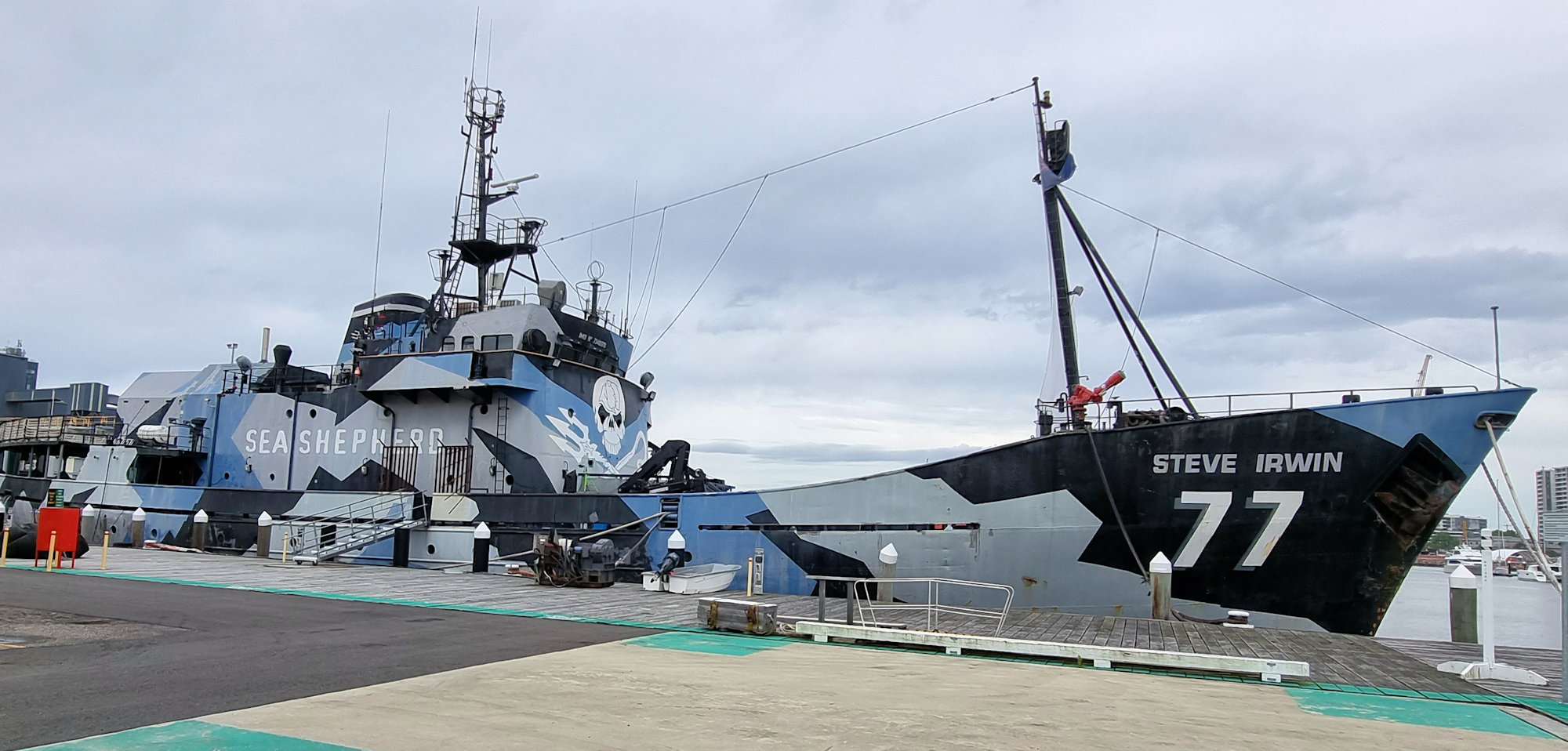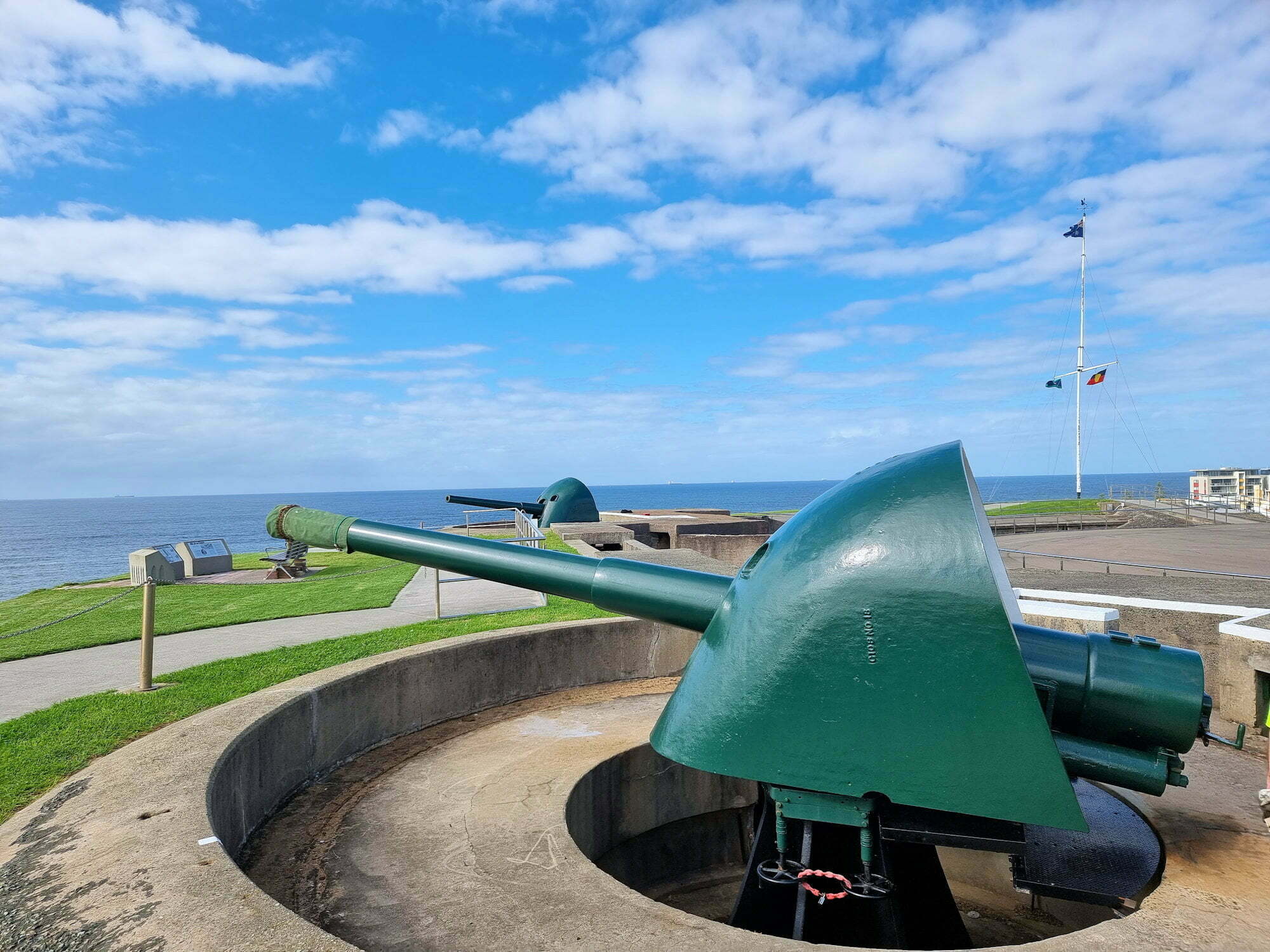Category: Guided Tours
-
The Strand Arcade Sydney

The Strand Arcade Sydney Located in the centre of the Sydney CBD and running from Pitt to George Street, the Strand Arcade is one of Sydney’s premier shopping destinations. Opened in 1892, The Strand is the only remaining arcade of its type in Sydney. With three levels, to explore and many cafes and restaurants, there’s… Read more
-
Sea Shepherd’s MV Steve Irwin

Sea Shepherd’s MV Steve Irwin Although now retired from from its confrontations with Japanese whaling fleets, the MV Steve Irwin still looks impressive with its camouflage and skull painted deck house. Docked at Thales Marine in Newcastle, New South Wales, the ship is now owned by the non-profit organisation Ship4Good. Tours are a great way… Read more
-
Fort Scratchley Newcastle

Fort Scratchley Newcastle No longer used by the military, Fort Scratchley is now a memorial to the servicemen and women who served there. During World War Two, the Japanese submarine I-21 attempted to shell Newcastle and the BHP Steel Works. Fortunately most of the shells missed or failed to explode with no-one hurt and only… Read more